Drummond Red Maple
Drummond red maple develops into a medium-sized to large tree up to 100 ft. tall, although the average size is 40 ft. tall and 30 ft. wide.
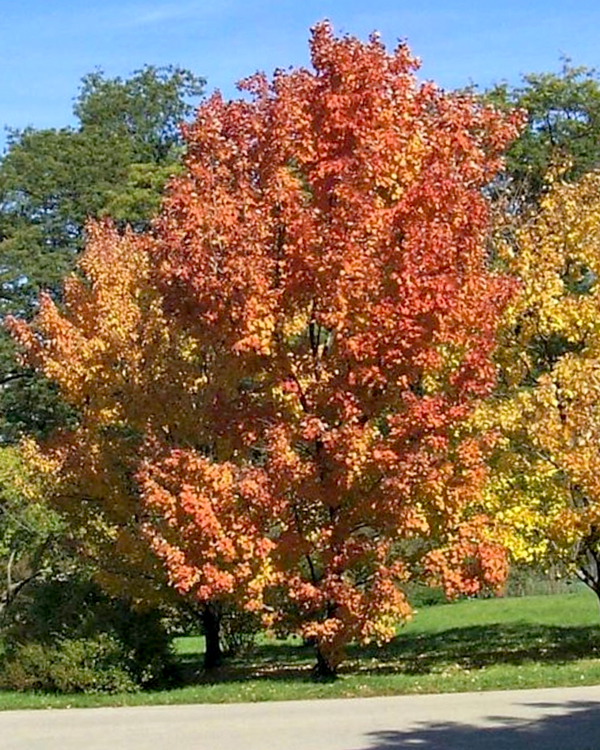
Its leaves have 3 to 5 lobes with white, wooly undersides. They appear opposite one another on the stems. The deciduous leaves have red petioles.
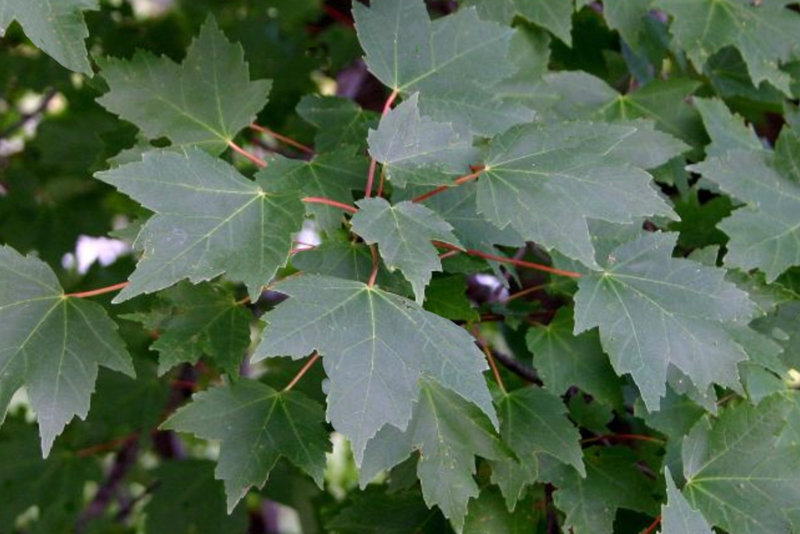
The plants are dioecious, meaning that the male and female flowers are borne on separate trees. Small clusters of red flowers appear on the trees in late winter before the leaves emerge giving the trees an overall ruddy appearance. Later, the female trees bear showy clusters of red, winged fruit (samaras) that adorn the branches and explain how the tree got its name of “red maple.”
These stunning red samaras stand out dramatically because they appear when all other trees are still dormant, drawing attention to themselves like bright stop lights.
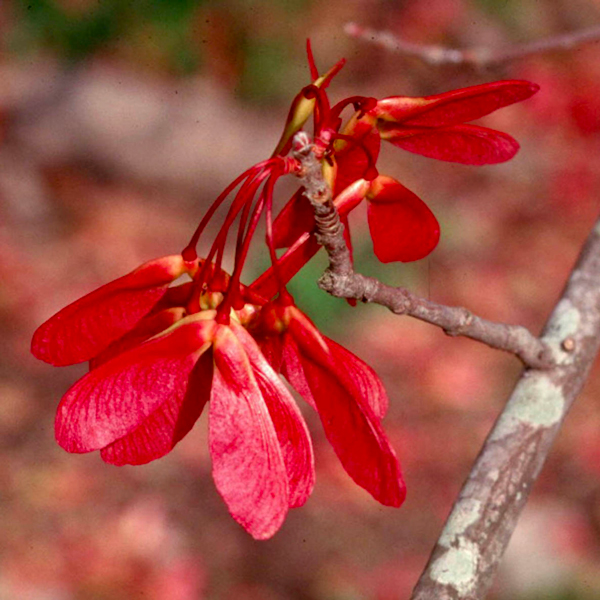
The bark on Drummond red maple is light to dark gray, smooth when young, later developing into long, scaly plates when the trees are older.
Drummond red maple grows best in acidic, sandy loam soils that are consistently moist to wet. While it will tolerate full sun, it pouts when drought arrives. Kept properly watered it will grow at a good clip.
Consider planting one or several Drummond red maples in a low, wet spot in your yard to enliven the late-winter landscape. Other plants that would combine well under those same conditions include bald and pond cypress, buttonbush, wax myrtle, Carolina jessamine, mallows (hardy hibiscus), yaupon hollies, and palmettos (Sabal minor).
It’s a great plant for a wildscape because squirrels and a variety of birds will feed on the seeds, deer will consume the leaves, and sphinx moths will use the tree as larval host plants.
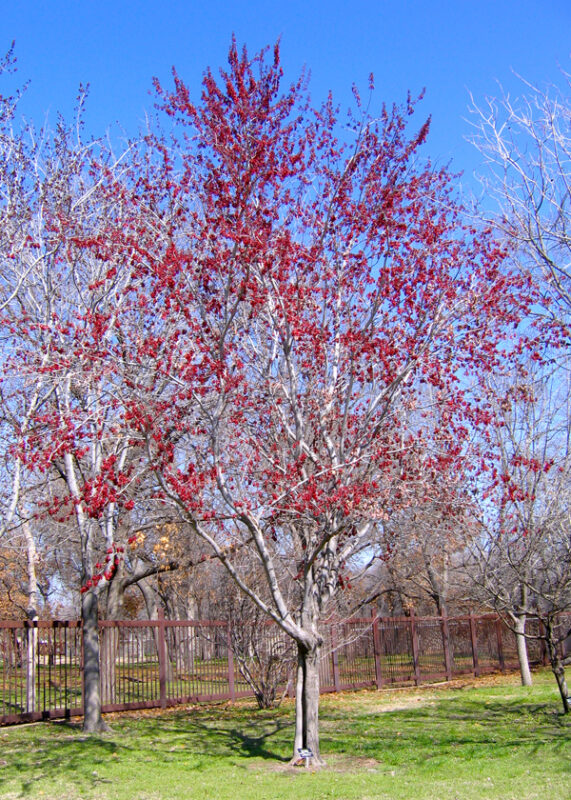
One special note following planting: Protect the trunks of young red maples from sunscald by wrapping their trunks from the ground up to the lowest branches. There are special weather-proof paper tree wraps made for such purposes available from nurseries and hardware stores, also online. Leave the trunks wrapped for the first couple of years. Without that protection the trunks are very likely to develop cracks, and bark will often peel away on the south and west sides of the trunks.
Some things you’ll want to know…
• Botanical name: Acer rubrum var. drummondii. The genus name Acer derives from a Latin word meaning “sharp” referring to the characteristic points on maples’ leaves. The species name rubrum may refer to the red flowers, fruit, or autumn leaves.
• Belongs to the maple, or Aceraceae, family.
• The variety name refers to Thomas Drummond, a Scottish naturalist who arrived at Velasco, Texas, in 1833 and spent 21 months collecting plant specimens between Galveston Island and the Edwards Plateau. His collections were the first made in Texas that were extensively distributed among the museums and scientific institutions of the world.
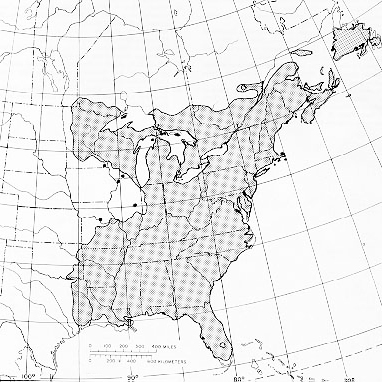
• Native from southeast Texas north to southern Illinois and east to southern New Jersey and Florida. It is the best maple to use in Houston, Beaumont, and most places in east Texas.
